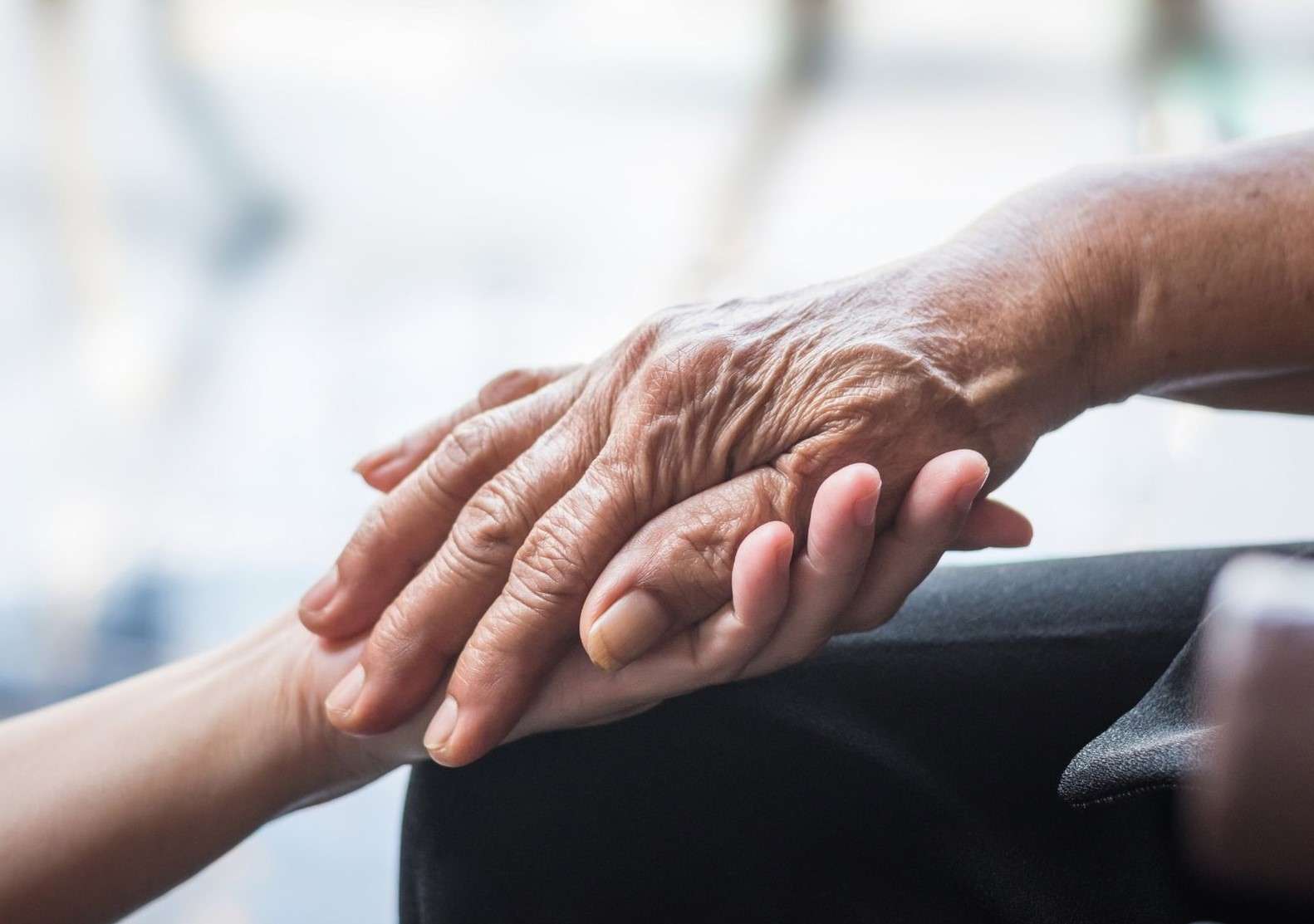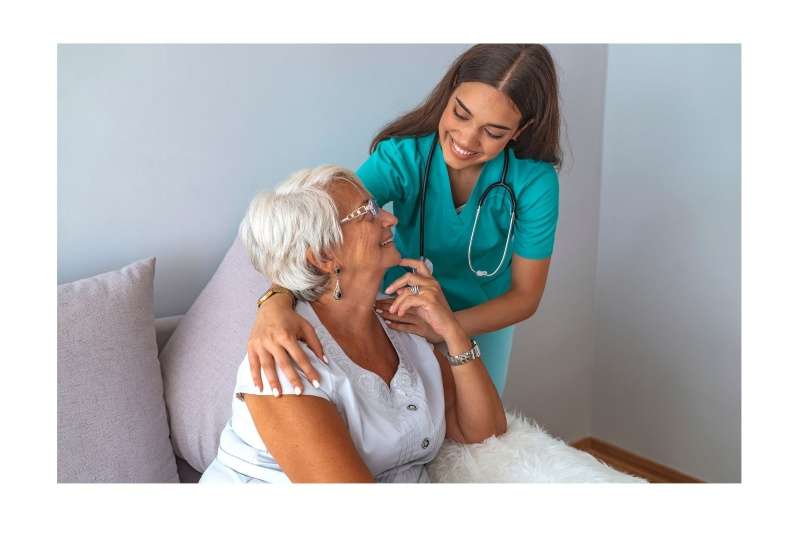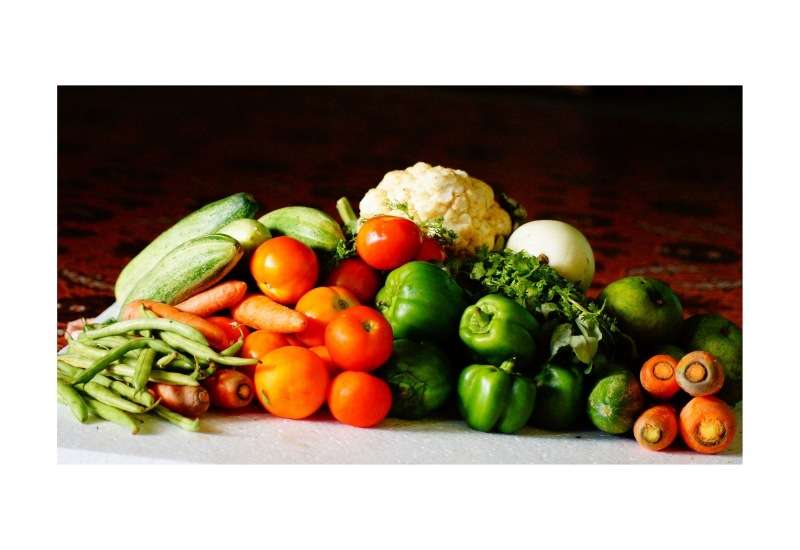For adult children with aging parents that need assistance, knowing how to provide support doesn’t always come naturally. Adult children who act as caregivers for their parents are often raising families of their own and many are still part of the workforce. To make matters even more difficult, a number of them live long-distance. In fact, of the 34 million Americans who care for older family members, nearly 15% are long-distance caregivers. Long-distance caregivers refer to individuals living more than hour away from those they are providing care for, typically their parents or other relatives. In addition to the same pressures and challenges that face local caregivers, long-distance caregivers have the added challenges of needing to coordinate care, hire help and take uncompensated time off of work and pay for travel expenses. While caregiving from afar can seem nearly impossible, long-distance caregivers successfully take on a number of different roles.
What Can Long-Distance Caregivers Really Do?
According to the National Institute on Aging, long-distance caregivers can support their aging parents or other family members in a number of different ways. Here are a few of the most common roles long-distance caregivers play within their family unit:
- Managing finances and paying bills
- Hire in-home care such as home health, professional caregivers or nursing aides
- Locate and coordinate with assisted living or nursing facilities
- Provide emotional support for the primary caregiver and offer respire care when needed
- Navigate health insurance claims and benefits
- Consolidate paperwork, medical information and organize important documents in the event of an emergency
- Evaluate the house to make sure it’s safe for a loved one
Tips for Providing Care from Afar
One of the biggest challenges for long-distance caregivers is staying informed and confident that their loved one is in the best possible care. According to AARP, here are some important tips to consider if you are providing care for a loved one but live long-distance.
Establish Access
If you are the primary caregiver or a sole child of an aging parent, it’s crucial to establish good information channels to stay up-to-date on your loved one’s wellbeing. In addition, it can be helpful to have legal and financial authority in order to make sound decisions on behalf of your loved one. Discussing financial matters can be uncomfortable, but it’s important to understand your parent’s financial situation in order to plan for the future. Come up with a plan for how they will pay for health care along with other everyday expenses. This includes looking into their long-term care insurance policies and major payments such as housing and any active loans.
While creating channels of access, long-distance caregivers should also request access to any important information such as medical records, banking and insurance information, since you may become responsible for paying the bills in the future. It’s important to have this conversation with your loved ones as early as possible in order for them to clearly state their wishes. This may also be an appropriate time to ask your loved ones to designate a durable power of attorney for both health care and financial decisions. This will allow a designated person to make decisions on their behalf when they are no longer able to make decisions for themselves.
Long-distance caregivers should also create an emergency plan for their loved ones. This includes assigning a local and trusted individual to have access to your loved one’s home whether that is through a garage code or an extra set of keys. For individuals living at retirement communities including assisted living facilities and nursing homes, most facilities have 24-hour security staff who can perform wellness checks when needed.
Stay Updated
It is essential for long-distance caregivers to find ways to communicate regularly with their loved ones and their care teams. Utilizing different technologies like FaceTime, WhatsApp, and Skype will allow you to see your loved one and give you peace of mind or alert you to any changes in their physical health. At Maple Knoll Village, the Family App allows family members to stay in contact with staff members and sends alerts and notifications to important announcements and policy changes.
Plan Your Visits
In-person visits allow you to assess your loved one’s wellbeing and can provide insight that might otherwise be hard to gather when living remote. Experts suggest trying to stretch any in-person visit to allow time for doctor’s appointments and any other in-person visits. This might also be a good time to meet current and potential service providers including housekeepers, facility staff members, social workers or physicians. When visiting, make sure to assess your loved one’s home or living quarters to check for signs of abuse or cognitive decline. If you see old food in the refrigerator, unpaid bills or signs of financial misconduct, it could be a sign that your loved one needs more support or different care providers.
Supporting Your Family from Afar
Caregiving is a difficult responsibility and doing it from afar doesn’t make it an easier. A lot of families find peace of mind when their loved ones have a safe place to call home, such as Maple Knoll Village. Our staff is mindful that long-distance family members are doing their best to provide support in the ways they are able. Remember to be kind to yourself!










